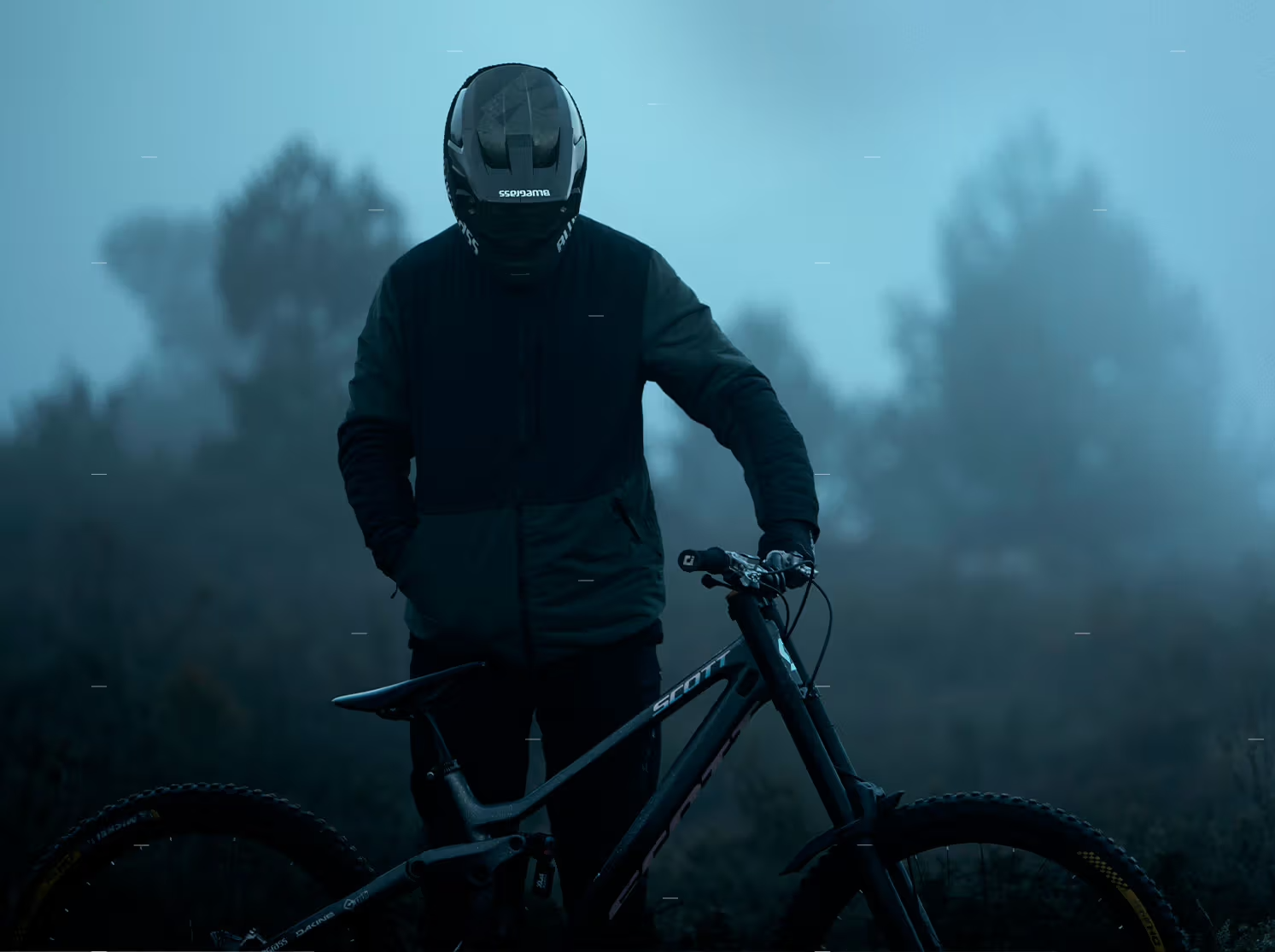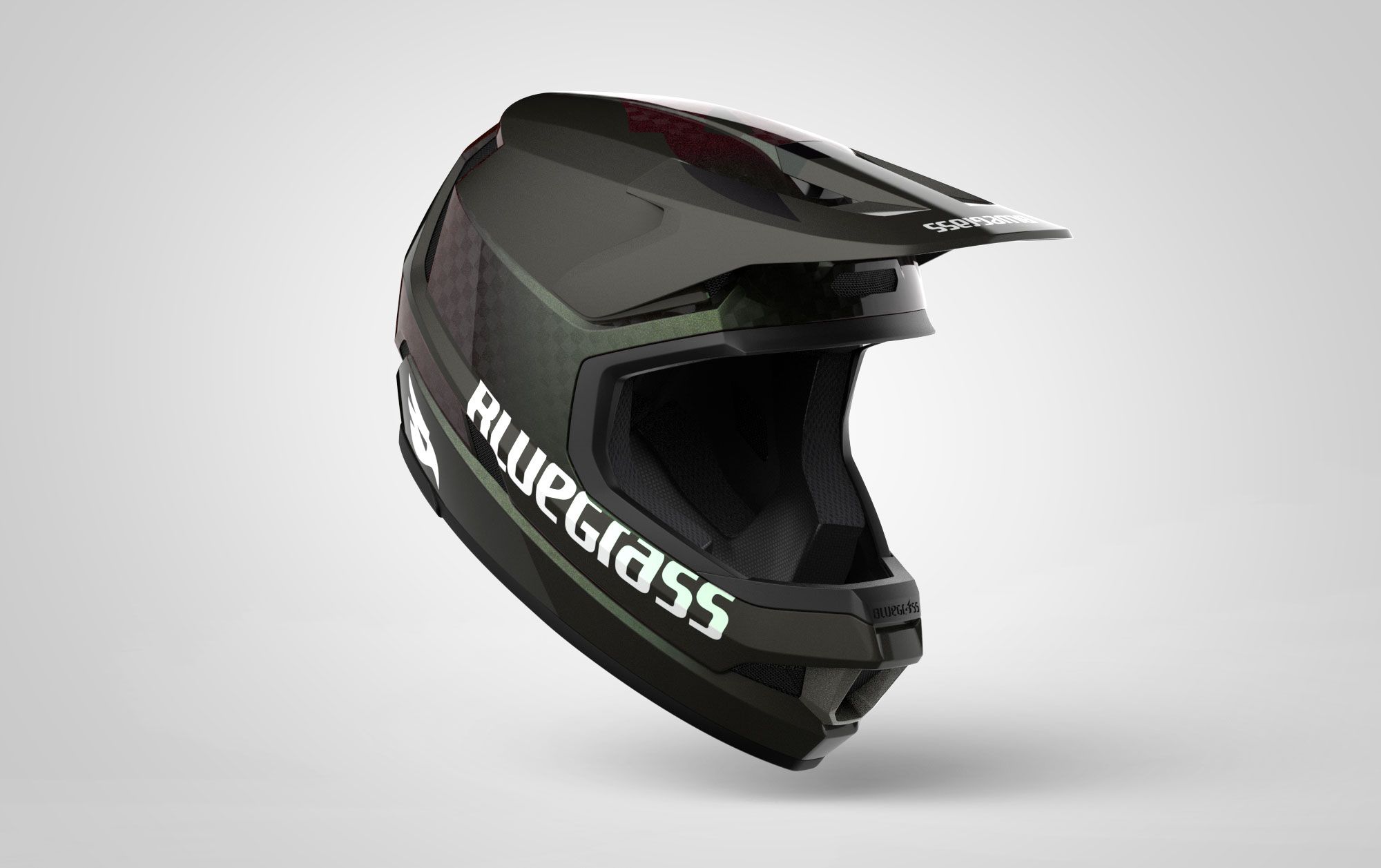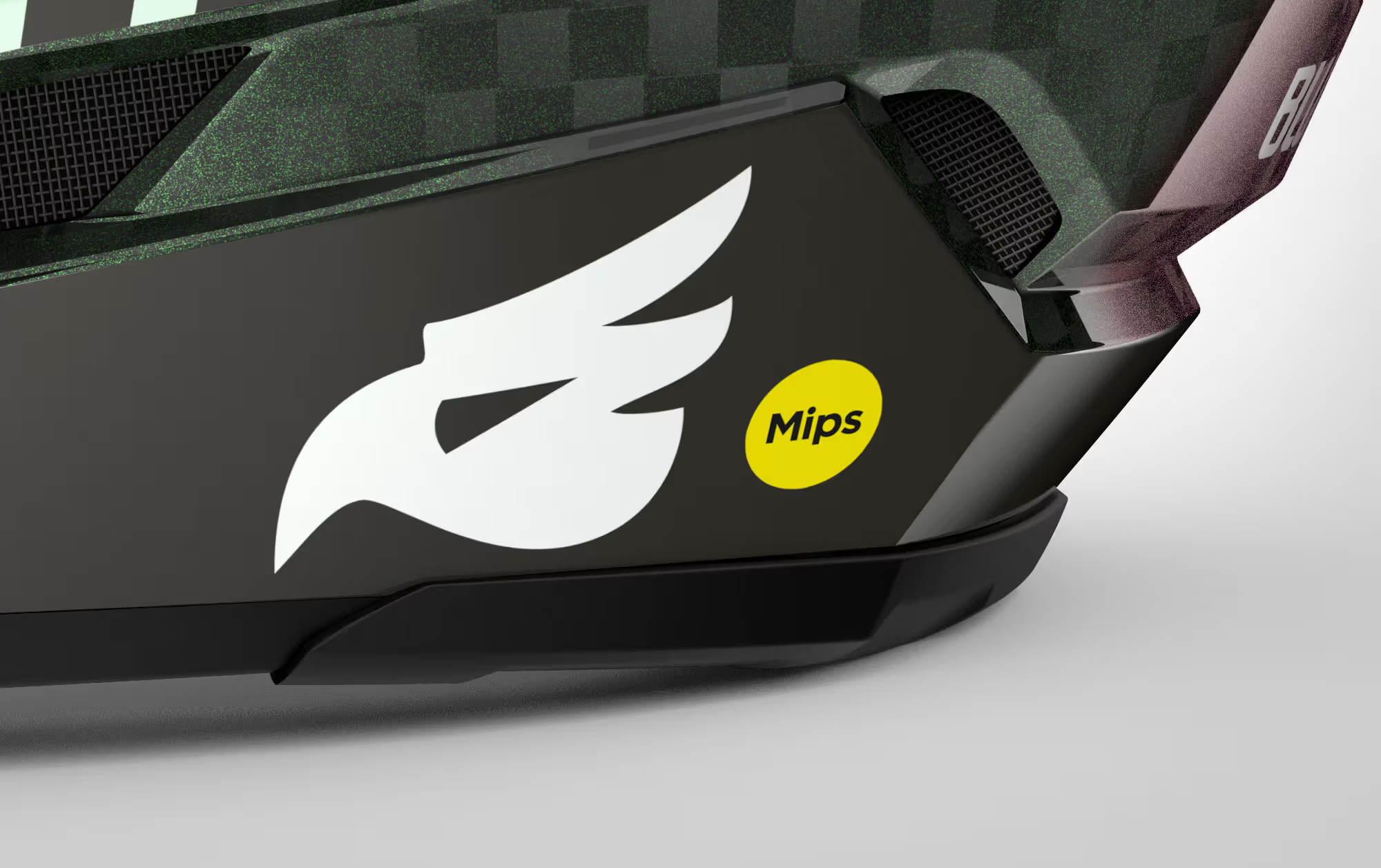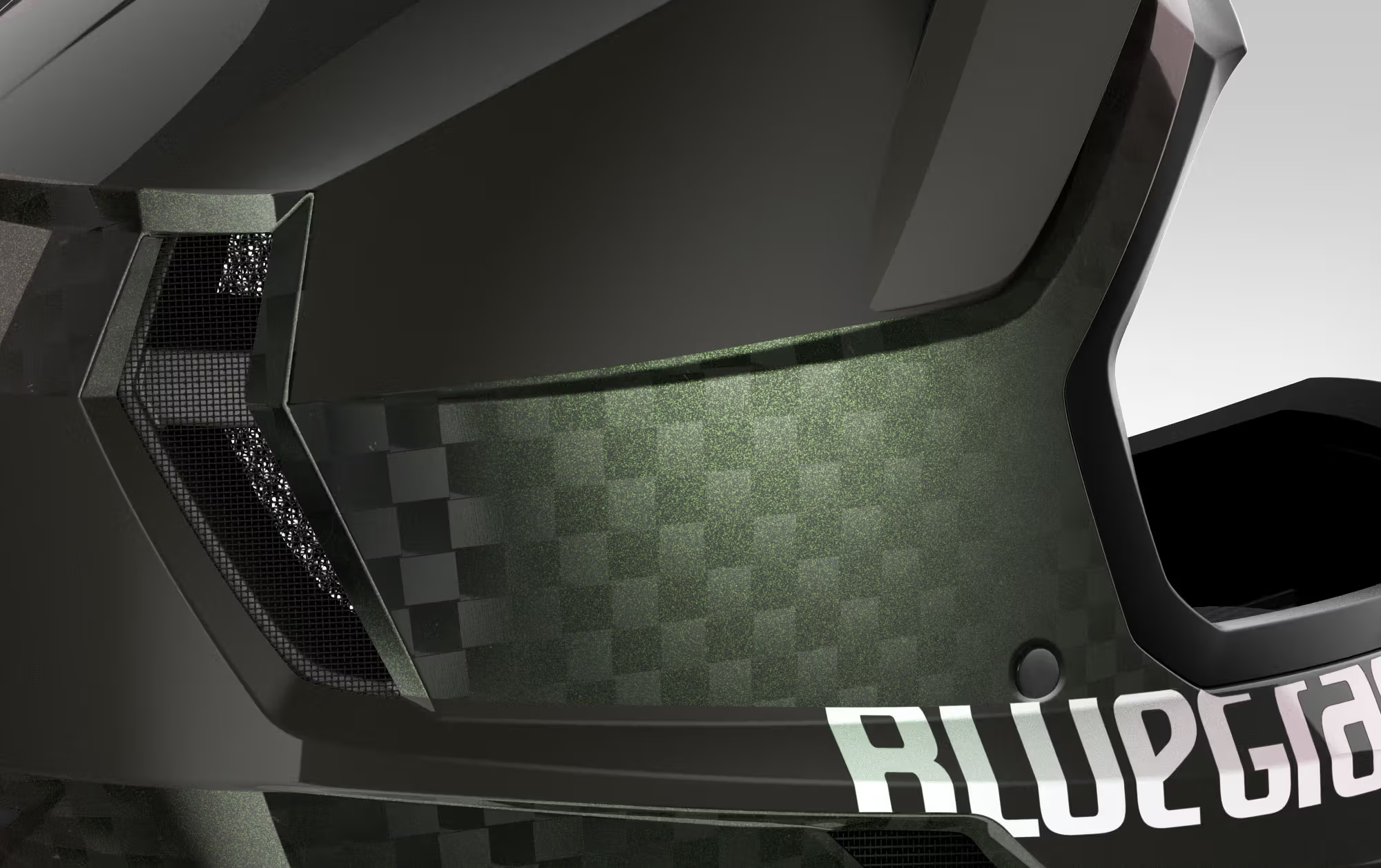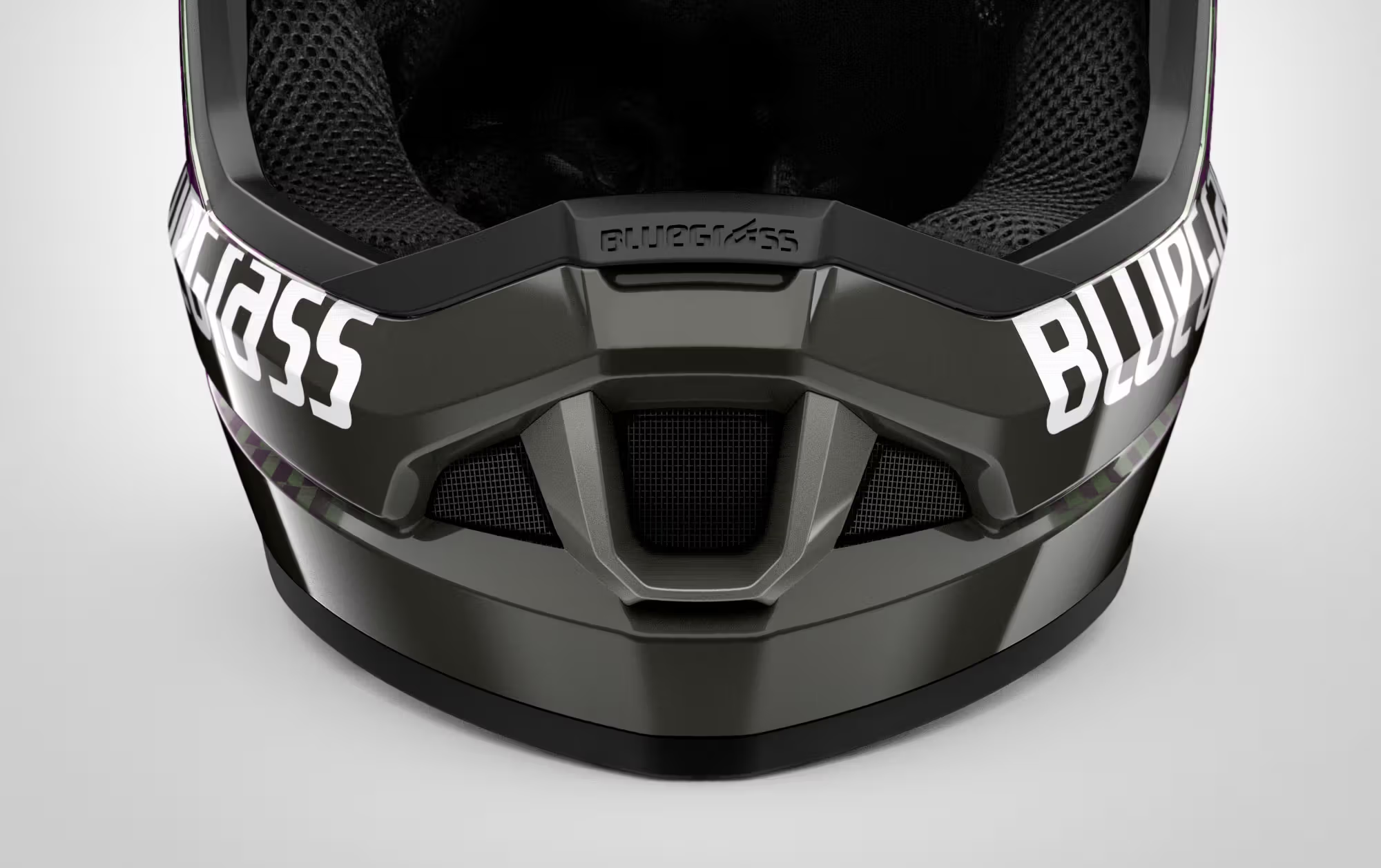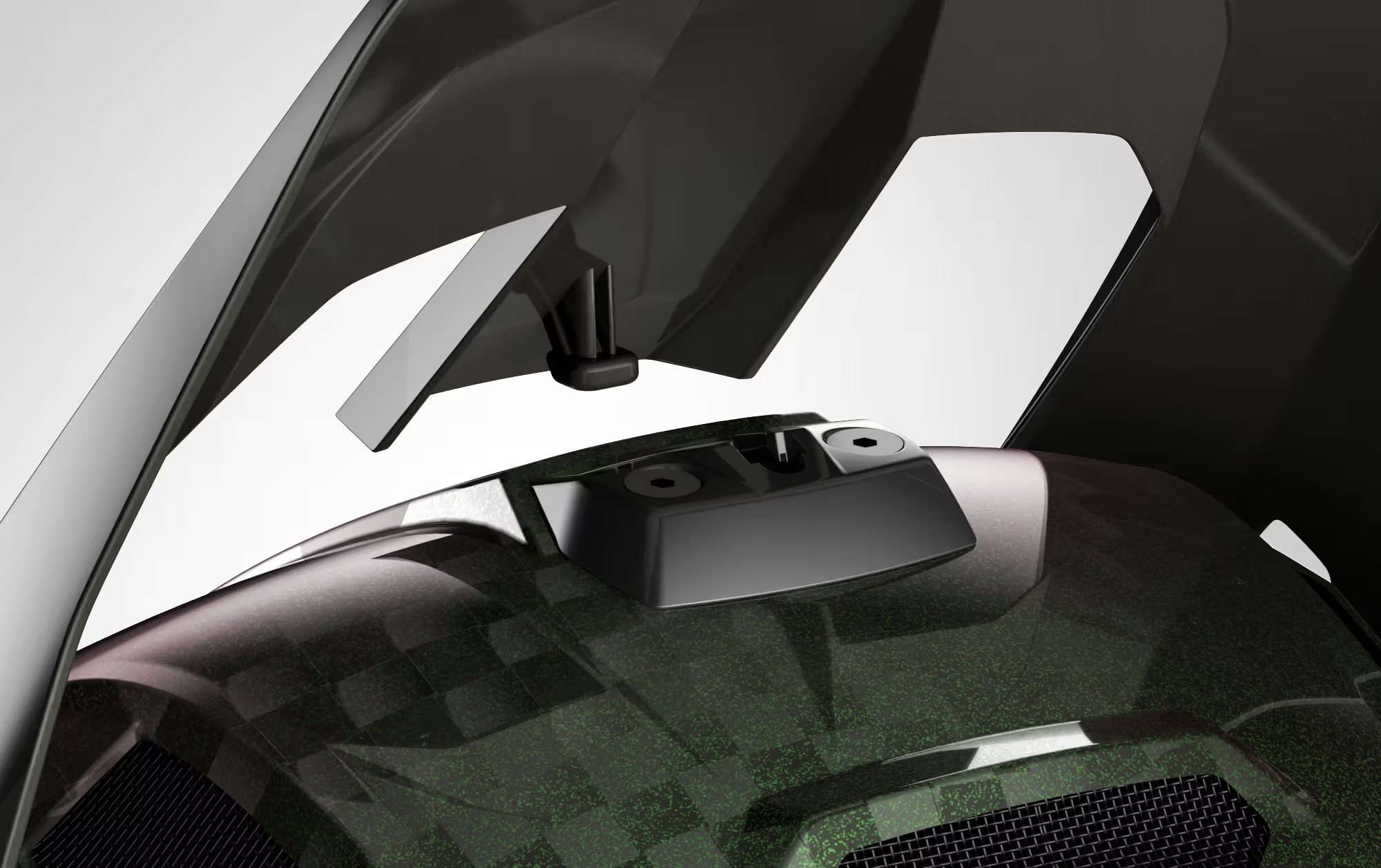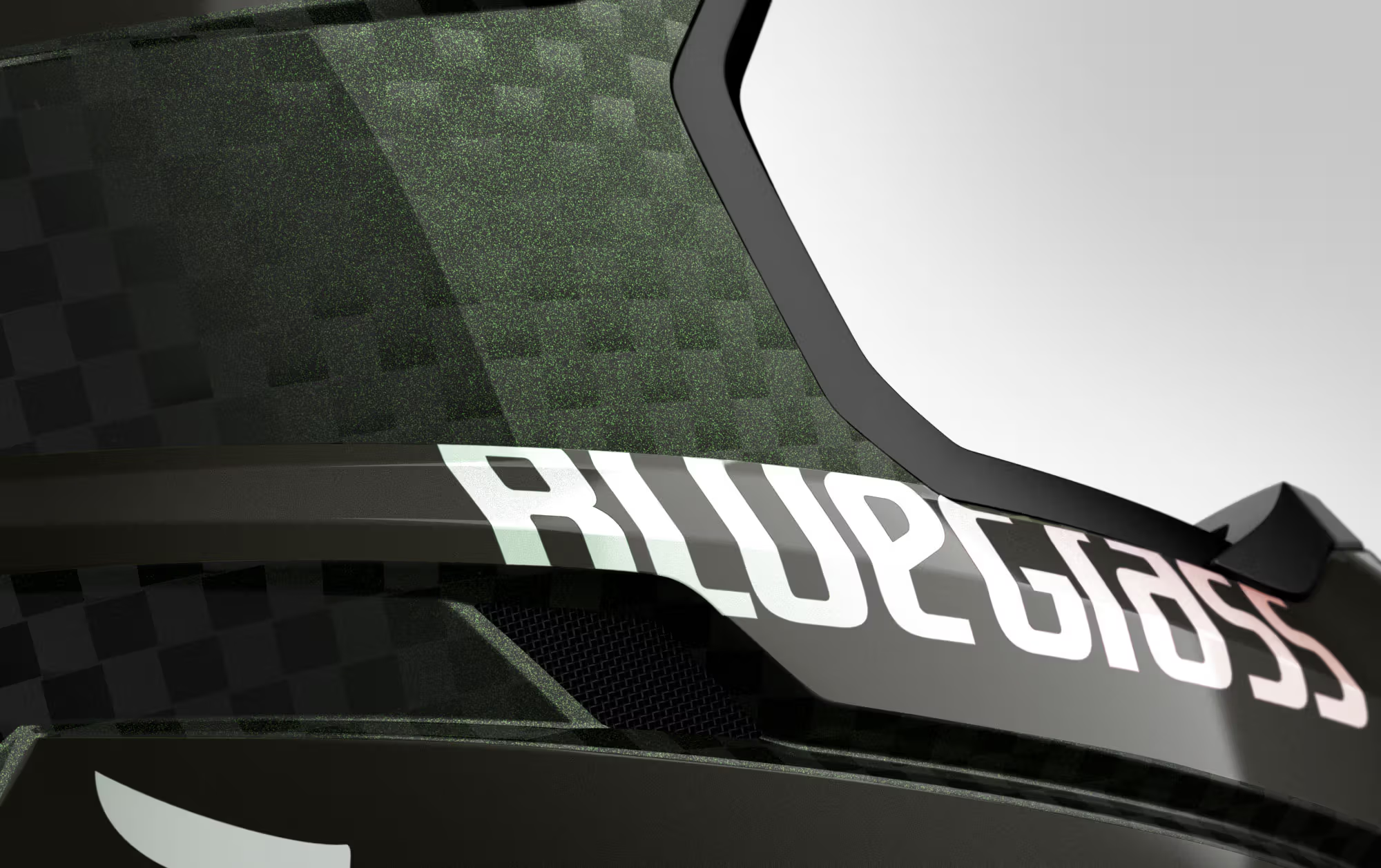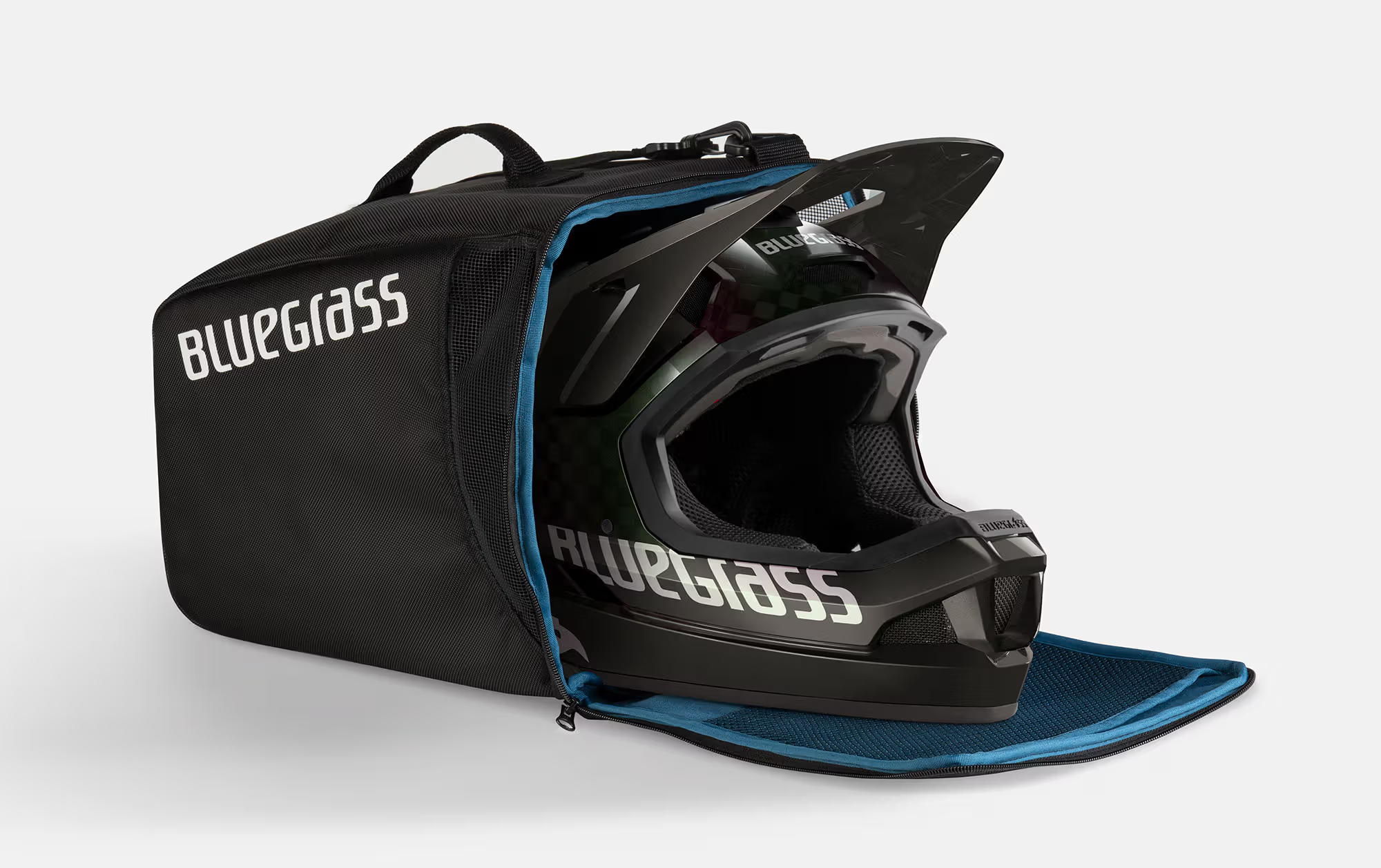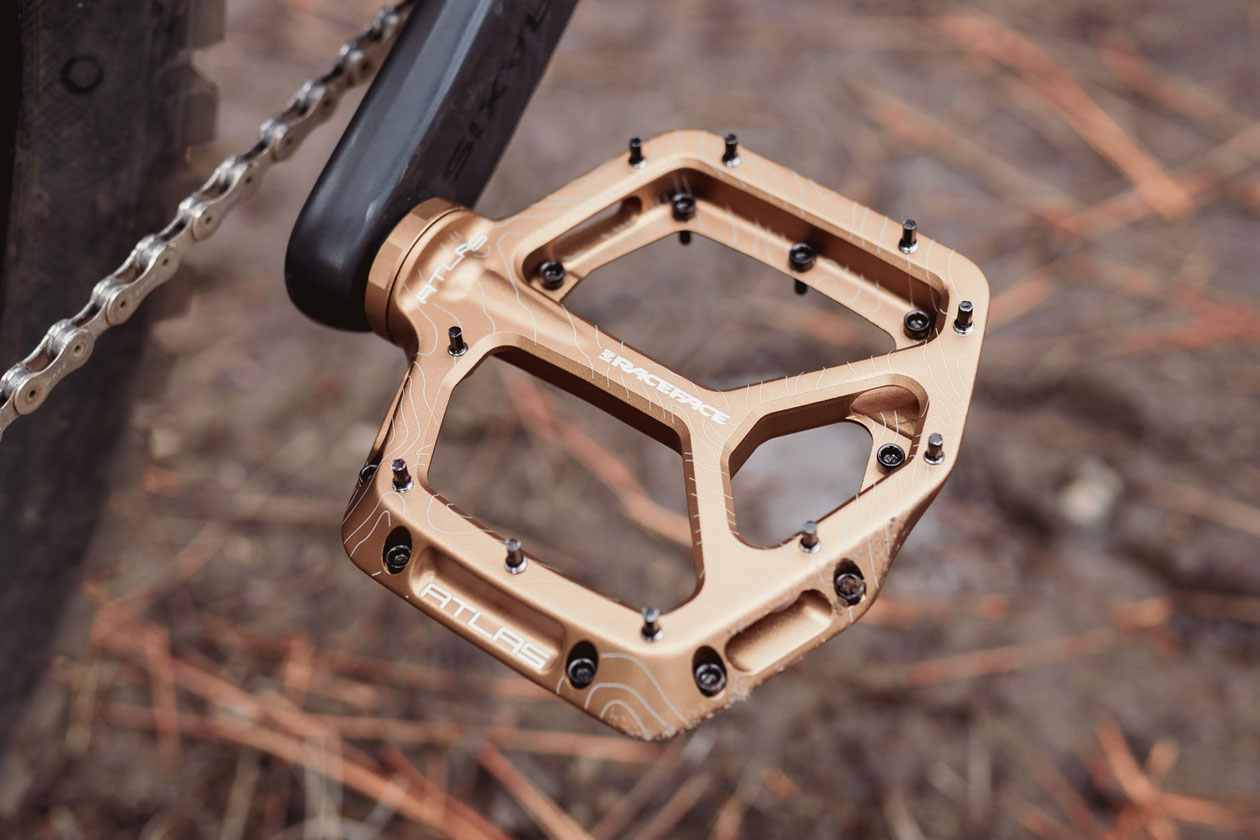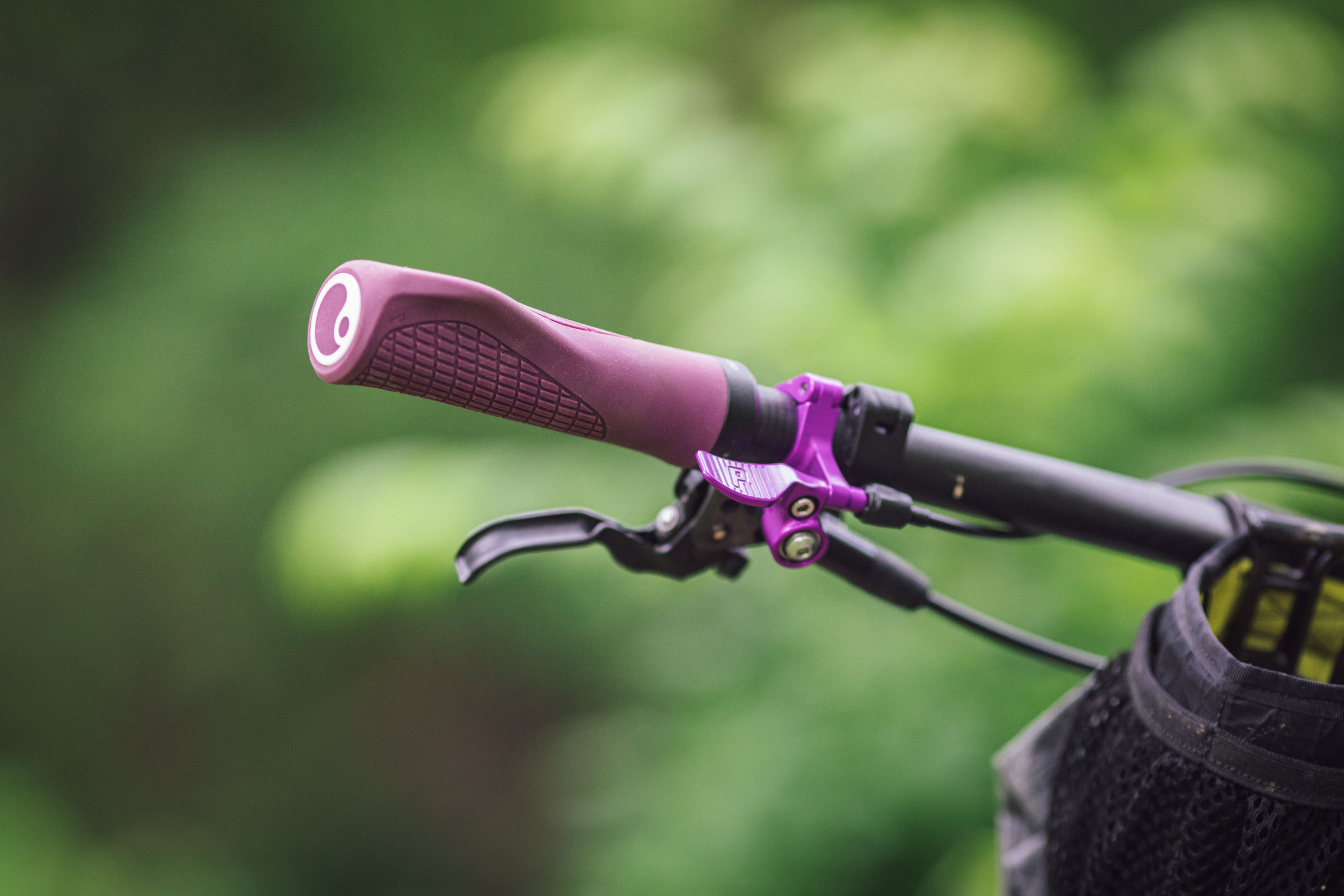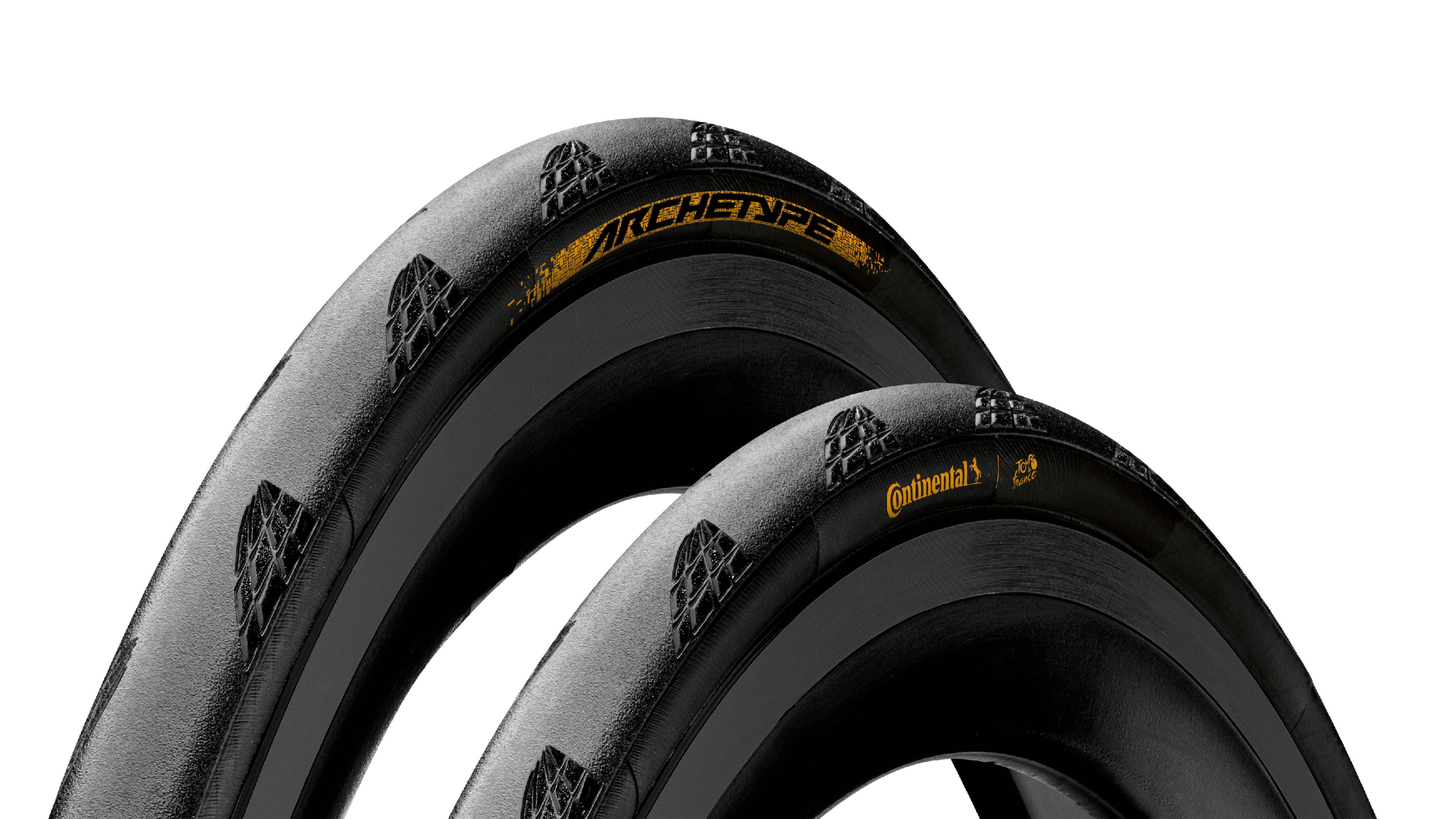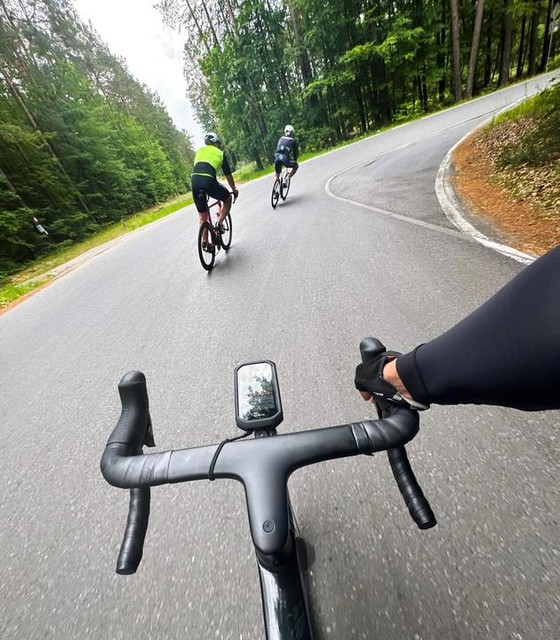
At 11,000 feet, your brain is already working harder due to reduced oxygen. The last thing you want is gear that compromises protection when the mountains test everything you’re riding. After putting the Bluegrass Legit Carbon MIPS through a full season of Colorado descents—from Trestle Bike Park’s technical rock gardens to Winter Park’s gnarly backcountry lines—this helmet proved it can handle whatever the Rockies throw at you.
When conditions get serious, mediocre gear reveals itself quickly. This helmet doesn’t.
Why Carbon Fiber Actually Matters at Altitude
The mountains don’t lie about gear quality, and carbon fiber construction makes a real difference when you’re bombing 3,000-foot descents at elevation. The composite carbon shell delivers serious impact resistance while keeping weight manageable enough that your neck doesn’t fatigue during long descent days.
After multiple crashes on Colorado’s notorious loose rock and exposed roots (gravity always wins eventually), the carbon construction held up without showing stress cracks or impact damage that would retire lesser helmets.
MIPS-E2® - Protection When It Counts
Here’s the technical reality: most mountain bike crashes involve rotational forces, especially on steep, loose terrain where your bike can slide out from under you at weird angles. The MIPS-E2® system isn’t marketing fluff—it allows the helmet to rotate slightly during impact, redirecting rotational energy away from your brain.
At places like Keystone’s A-Line or the gnarly tech sections at Crested Butte, this kind of protection isn’t luxury—it’s essential. The mountains demand respect, and this helmet provides the kind of brain protection that lets you push limits while maintaining safety margins.
Breathing at Elevation When Your Heart Rate’s Maxed
Ventilation That Works When You Need It Most
Fifteen ventilation points might sound like marketing, but when you’re grinding up to 12,000 feet before dropping into a technical descent, airflow becomes critical. The vent placement actually works—creating enough airflow to prevent that claustrophobic feeling you get with many full-face helmets.
During brutal climbing days at places like Monarch Crest or Kokopelli, where you’re gaining serious elevation before committing to long descents, this helmet breathes well enough that you don’t feel like you’re suffocating behind the chin bar.
Full-Face Comfort That Doesn’t Compromise
Most full-face helmets turn into sweat factories during extended rides. The Legit Carbon’s internal ventilation channels and breathable chin guard foam prevent the moisture buildup that makes other helmets unbearable during multi-hour mountain adventures.
When you’re spending all day above treeline where weather can change from sun to hail in minutes, gear that stays comfortable through varying conditions becomes essential.
Safety Features That Handle Mountain Consequences
Visor Design That Prevents Injuries
The safety-release visor isn’t just a nice feature—it’s potentially life-saving when you’re crashing on technical terrain. During one memorable crash on Porcupine Rim’s exposed slickrock, the visor broke away cleanly instead of catching and twisting my neck. That’s the kind of thoughtful design that matters when consequences are real.
Certifications That Actually Mean Something
CE, AS/NZS, and ASTM certifications aren’t just bureaucratic checkboxes—they represent real-world impact testing that ensures this helmet can handle the kind of forces you encounter during serious mountain riding. When you’re dropping into zones where rescue isn’t easy, having gear that meets multiple international safety standards provides legitimate peace of mind.
Fit That Works When Stakes Are High
The removable padding system isn’t just convenient—it’s essential when you’re riding multiple days in challenging conditions. After three days of riding the Colorado Trail’s high-altitude sections, being able to wash the padding and start fresh prevented the funk that would make wearing the helmet unbearable.
The Double-D buckle might seem old-school, but it’s the most secure closure system available. When you’re hitting features where failure isn’t an option, you want a buckle system that won’t accidentally release under stress.
Sizing for Mountain Riding Reality
Five sizes covering 52-62cm means most riders can find a proper fit, which is critical for safety. A loose helmet becomes a projectile during crashes, while an overly tight helmet creates pressure points during long mountain days. The sizing accommodates the kind of snug fit that stays secure during aggressive riding without causing discomfort during extended adventures.
Features for Serious Mountain Riding
Neck Brace Integration That Matters
The rear profile works with most neck brace systems, which becomes important when you’re riding terrain where spine injuries are a real possibility. At places like Rampage lines or serious backcountry features, comprehensive protection isn’t paranoia—it’s smart risk management.
Goggle Compatibility Reality Check
The helmet works with most quality goggles, but verify fitment before committing to any combination. Goggle seal matters more at elevation where sun intensity can be brutal and weather changes rapidly. Poor seal means fogging, which compromises vision when you need it most.
Weight Reality for Mountain Riding
At 1100-1200g, this helmet is heavier than XC gear but lighter than you’d expect for full-face carbon construction. The weight distribution works well during descents where your head position stays relatively stable. During long climbing sections, you notice the weight, but the protection benefits justify the trade-off when you’re accessing serious terrain.
Investment Reality for Mountain Protection
€500 for Brain Protection That Works
€500 for a helmet sounds expensive until you consider what you’re protecting and where you’re riding. When you’re dropping into zones where a head injury means helicopter evacuation from remote Colorado backcountry, the investment in legitimate protection becomes reasonable.
The carbon construction, MIPS-E2® system, and included premium case create real value for riders who understand that safety gear isn’t where you compromise on quality.
Case Value for Mountain Adventures
The included helmet case isn’t just nice packaging—it’s essential for protecting your investment during travel to riding destinations. When you’re road-tripping to places like Moab or Fruita, having proper storage that includes goggle organization prevents damage and keeps gear accessible.
Built to Survive Mountain Abuse
The removable padding system handles the reality of multi-day mountain adventures where you can’t always shower between rides. The carbon shell’s durability ensures protection integrity through the kind of impacts and abuse that Colorado riding dishes out.
UV resistance matters more at elevation where sun intensity can degrade lesser materials. This helmet’s construction accounts for high-altitude environmental stresses.
How It Stacks Against the Competition
vs. Fox Racing Rampage Pro Carbon
The Bluegrass breathes better during long climbs, which matters when you’re gaining serious elevation before descents. The Fox has slightly better goggle integration, but the ventilation advantage wins for big mountain riding.
vs. Troy Lee Designs D4 Carbon
Similar carbon quality, but the Bluegrass MIPS-E2® implementation feels more integrated and comprehensive. Both offer professional-level protection, but the Bluegrass edges ahead on rotational impact protection.
vs. Bell Super DH MIPS
The Bell’s convertible functionality is clever for trail riding, but when conditions get serious, you want dedicated full-face protection. The Bluegrass is purpose-built for scenarios where compromise isn’t acceptable.
Who Needs This Level of Protection?
This helmet makes sense for riders who understand that brain protection isn’t negotiable when consequences are real. Perfect for:
- Riders accessing serious backcountry terrain where rescue is complicated
- Bike park and lift-served riders hitting features with real consequences
- Enduro and downhill racers where speeds and stakes are high
- Anyone riding technical terrain where head injuries mean helicopter evacuation
When conditions get serious, you want gear that’s engineered for real consequences, not casual trail riding.
Questions from Colorado Riders
Q: Is this overkill for trail riding? A: Depends on your trails. For mellow XC loops, yes. For technical Colorado singletrack with exposure and consequences, it’s appropriate protection. Know your terrain and choose accordingly.
Q: How does MIPS-E2® handle altitude and extreme conditions? A: The system works regardless of elevation. The enhanced rotational protection becomes more important when you’re riding technical terrain at speed, which describes most serious Colorado mountain biking.
Q: Works for other mountain sports? A: Yes, ASTM certification covers BMX and other impact sports. If you’re hitting features in multiple disciplines, one premium helmet beats owning several mediocre ones.
Q: Padding replacement reality? A: Wash regularly and replace when compressed. At elevation, you sweat more and UV degrades materials faster. Plan on 12-18 months with regular serious use.
Q: Neck brace compatibility? A: Works with most quality systems, but verify fitment. When you’re riding terrain that justifies a neck brace, proper integration becomes critical.
When Protection Actually Matters
After a full season of Colorado riding—from Trestle’s bike park features to backcountry lines where mistakes have real consequences—the Bluegrass Legit Carbon MIPS proved it belongs in the conversation of serious mountain protection.
The mountains don’t lie about gear quality. Carbon construction that survives impacts, MIPS-E2® protection for rotational forces, and ventilation that works at elevation create a helmet that enhances confidence when terrain demands respect.
At €500, it’s an investment in protection that makes sense for riders who understand that brain injuries don’t heal like broken bones. When conditions get serious, this helmet delivers the kind of protection that lets you push limits while maintaining appropriate safety margins.
Where to Buy: Available at Bluegrass authorized dealers and premium bike shops that understand gravity gear. Support shops that can properly fit and service serious safety equipment.
Available Now
Specifications
Pros
- + Premium carbon fiber construction for superior strength-to-weight ratio
- + MIPS-E2® technology provides advanced rotational impact protection
- + Exceptional ventilation with 15 strategically placed vents
- + Safety-release visor system prevents injury during crashes
- + Removable, washable padding for easy maintenance
- + Neck brace compatible for enhanced protection
- + Includes premium helmet case with goggle storage
Cons
- - Weight may feel substantial for cross-country riders
- - Full-face design limits peripheral vision compared to open-face helmets
- - Goggle compatibility requires specific frame sizes


